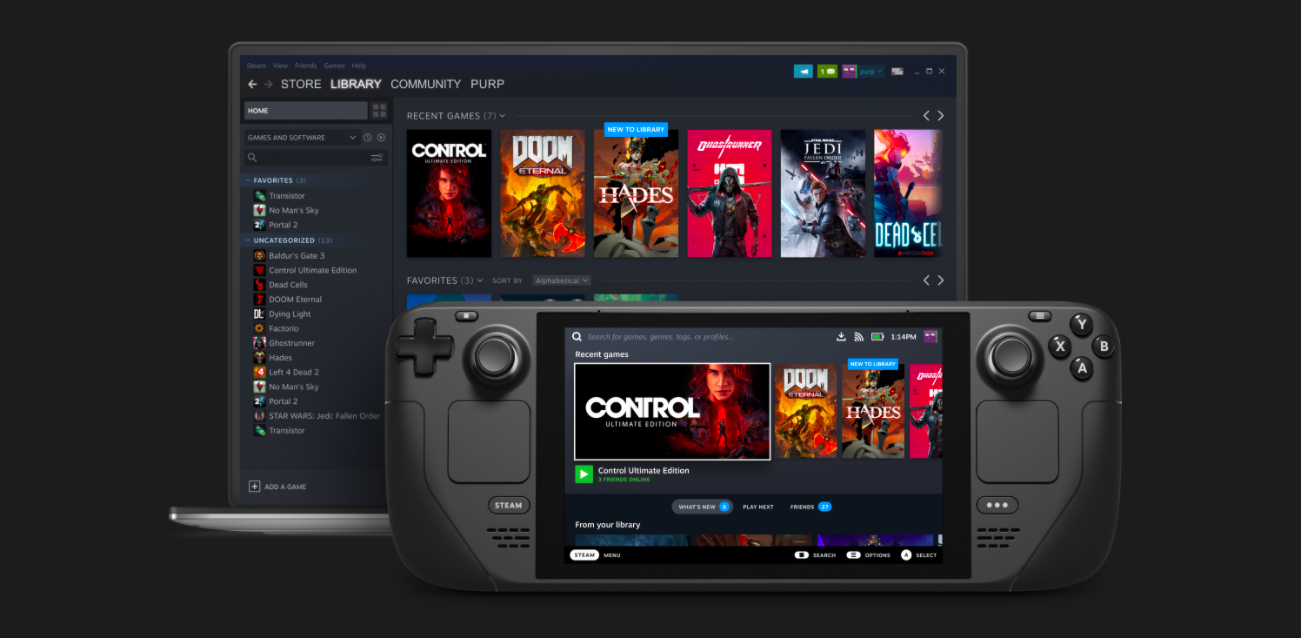

Now create a folder named “drivers” and move all the drivers into it.(You can now delete the original files as per your choice.) After all the files have been downloaded, unzip or extract all the files.Now download all the drivers listed here (APU driver, Wi-Fi driver, Bluetooth driver, SD card reader driver, audio drivers) by clicking the download button.Navigate to “Steam Deck Windows Resource” a new page will be opened.These drivers will help you to setup Windows easily and keep all the essential services running such as Wifi, Bluetooth and other USB related peripherals. Step 2: Loading Steam Deck drivers on microSDīefore you install Windows 11 on Steam Deck, you need to make sure you have access to the working drivers.


YouTuber Phawx has a few demos of this technology on his YouTube channel, upscaling DVD resolution games to 720p.Note: Make sure your microSD card or USB drive is plugged into your PC or laptop and is successfully detected by your system. Basically, this technology allows you to upscale any old game. This is what FSR enables on the entire Steam Deck system, where any game can be scaled from a resolution lower than the native resolution of the screen. Second, Steam OS uses a technology called Gamescope, which only works with AMD GPUs. Being an Arch Linux based system, you will need to pass the ‘sudo pacman -Sy’ command from time to time. In HoloISO they have not been able to replicate that partition system, so it is time to update the system by hand. The update is downloaded to partition B, it is verified and then it is installed on partition A to prevent data from being corrupted or installing unsigned software on the console. The console is divided into two partitions.

On the Deck, the system works exactly the same as it does on a console like the PlayStation 5 or Nintendo Switch. The first big difference between HoloISO and Steam OS is the updates.


 0 kommentar(er)
0 kommentar(er)
